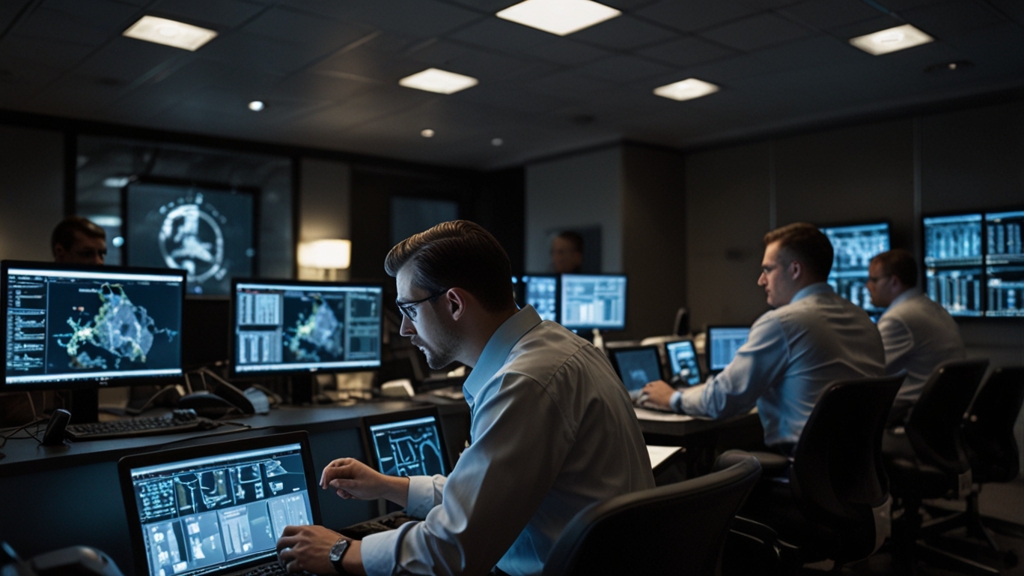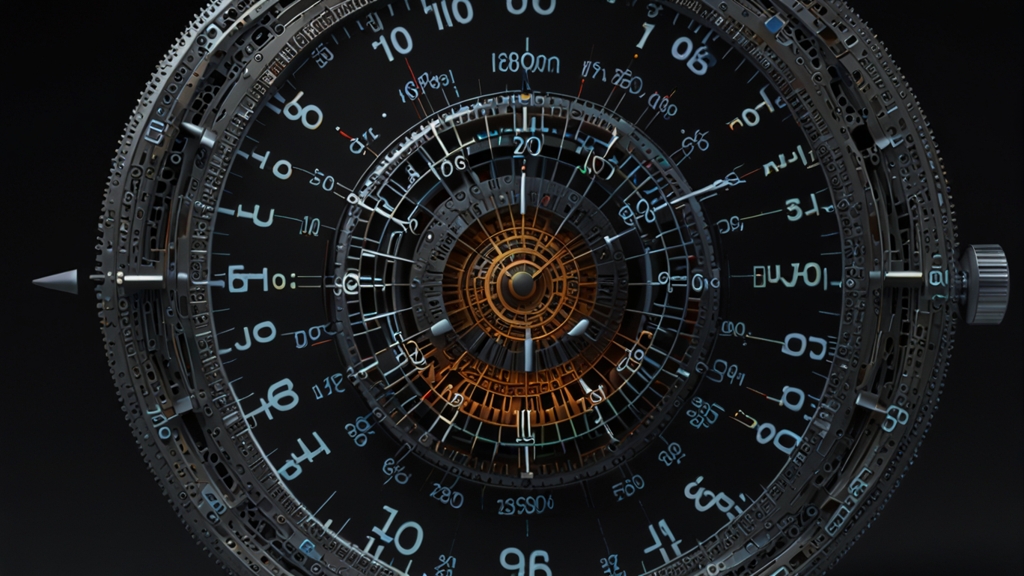Introduction
In a world increasingly reliant on technology, the threat of cyberattacks looms larger than ever. Behind the scenes, cybersecurity professionals are the unsung heroes working tirelessly to protect sensitive data and critical infrastructures. This article takes you inside the cybersecurity war room, revealing the tactics and strategies these experts employ to fight back against cyber threats.
The Cybersecurity War Room
The term "war room" conjures images of high-stakes decision-making, rapid response, and coordinated efforts. In the context of cybersecurity, a war room is a centralized hub where experts monitor, analyze, and respond to cyber threats. Equipped with advanced tools and technologies, these rooms are the nerve centers of an organization's cybersecurity efforts.
"Think of the war room as the brain of your cybersecurity operations. It's where information flows, decisions are made, and actions are taken in real-time." - John Doe, Cybersecurity Expert
Real-Time Monitoring
One of the primary functions of a cybersecurity war room is real-time monitoring. Using sophisticated software and analytics tools, teams continuously scan for potential threats. This means sifting through vast amounts of data to identify anomalies that could indicate a cyberattack. The goal is to detect and neutralize threats before they can cause harm.
Threat Analysis and Intelligence
Once a potential threat is identified, the next step is analysis. Cybersecurity professionals leverage threat intelligence to understand the nature and origin of the threat. This involves examining attack patterns, identifying the tools and techniques used by cybercriminals, and assessing the potential impact.
"Threat intelligence is our compass in the cyber world. It helps us navigate through the noise and zero in on real threats." - Jane Smith, Threat Analyst
Incident Response
When a cyber threat materializes, swift action is crucial. Incident response teams spring into action, following predefined protocols to contain and mitigate the impact of the attack. This often involves isolating affected systems, applying patches, and restoring normal operations as quickly as possible.
Collaboration and Communication
Effective cybersecurity defense is a team effort. War rooms foster close collaboration among various stakeholders, including IT staff, security analysts, and executive leadership. Clear communication channels ensure that everyone is on the same page and can respond cohesively to emerging threats.
"In a cybersecurity war room, every second counts. Coordination and quick decision-making can mean the difference between a minor incident and a major breach." - Alice Brown, IT Manager
Continuous Improvement
The battle against cyber threats is never-ending. Cybersecurity professionals adopt a mindset of continuous improvement, learning from each incident and refining their strategies. Regular training, simulations, and updates to security protocols are essential to staying ahead of evolving threats.
Conclusion
Inside the cybersecurity war room, relentless effort and expertise converge to protect our digital world. These professionals are on the front lines of the cyber battlefield, employing cutting-edge technology, analytical skills, and a collaborative spirit to fight back against ever-evolving threats. As cyberattacks become more sophisticated, the role of the cybersecurity war room becomes increasingly vital in safeguarding our digital future.











